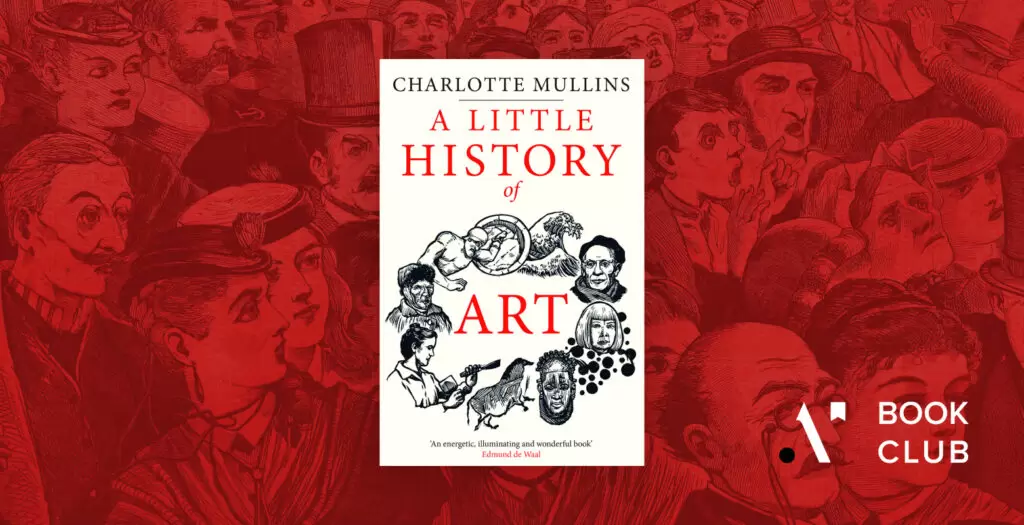Art History 101: Street Art
From grassroots tagging on subway cars to record-breaking sales at auction, we’re taking a look at the history of street art


No matter the urban landscape, street art has made its mark in socio-political and art historical discourses. Street art can be traced back to the early 20th century when artists began using urban spaces as a canvas for their work. However, it wasn’t until the 1960s and 1970s that the term “street art” began to be used to describe this type of art.
One of the earliest examples of street art is the work of French artist Jean Dubuffet. Dubuffet’s “Hourloupe” series, which he began in 1962, featured abstract figures and shapes painted on found materials such as cardboard and metal.
In the United States, the rise of graffiti art in the 1970s and 1980s brought street art to the forefront of popular culture. Artists such as Taki 183, who was known for writing his name all over New York City, and Jean-Michel Basquiat, who began as a graffiti artist before becoming a successful fine artist, were some of the most well-known artists of this era. Artworks were found predominantly in underrepresented communities throughout the city and notably all over the New York City subway system in both stations and trains.

Henry Chalfant. Wall by Rize and Lil Man, Ven – Washington Heights, Manhattan, NYC, 1986. Courtesy Eric Firestone Gallery, New York.
In the 1990s, street art began to evolve as artists started to incorporate new techniques and materials into their work. Artists such as Shepard Fairey, who is known for his iconic “OBEY” campaign, and Banksy, an anonymous street artist from the UK, began to gain international acclaim for their work. Banksy’s satirical and politically charged pieces often address issues such as war, capitalism, and social injustice in the age of mass media. Riffing off of iconic photo-jouranistic images, the artist creates charged, visually graphic works.
More recently, street art has become increasingly popular and mainstream, with cities around the world hosting street art festivals and commissioning artists to create large-scale murals. Some of the most famous street art cities include:
- Berlin, Germany: Berlin has a thriving street art scene, with many of the city’s buildings covered in works. The East Side Gallery, a 1.3-kilometer section of the Berlin Wall that was painted by artists from all over the world, is a must-see for street art enthusiasts.
- New York City, USA: Although the Edward Koch Rudy Guliani mayoral years removed much of the street art in their massive overhauls of the city during the 1980s and 90s, the Lower East Side, Brooklyn, and the Bronx are particularly known for their street art scenes with vibrant mural works showcasing the region’s diversity and underrepresented voices. Keith Haring is one of the most famous street artists known today who began tagging subway station walls and signs.
- Melbourne, Australia: Melbourne is home to a dynamic street art scene, with many of the city’s laneways and alleys covered in colorful murals. The city’s “Street Art Walk” is a popular tourist attraction, showcasing some of the best street art in the city.
- Bristol, UK: Bristol is considered by many to be the birthplace of street art in the UK, with a rich history of graffiti and street art dating back to the 1980s. Today, the city is home to a thriving street art scene, with many of its buildings covered in colorful murals and graffiti.
- Rio de Janeiro, Brazil: A street art destination for many, many of the city’s favelas (shantytowns) covered in colorful murals and graffiti. The work of artists such as Os Gêmeos and Eduardo Kobra has helped to put Rio’s street art scene on the map.

Rio de Janeiro
Institutional representation of street art has accelerated in recent years with many prestigious museums and grassroots organizations bringing together diverse street art exhibitions. These exhibitions have showcased the work of both established and emerging artists. Some of the most notable street art exhibitions include:
- “Street Art” at the Museum of Modern Art (MoMA) in New York City, 2011: This exhibition was the first major museum show to examine the history and development of street art. It featured the work of over 50 artists from around the world, including Banksy, Jean-Michel Basquiat, and Keith Haring.
- “Beyond the Streets” in Los Angeles, 2018: This exhibition was held in a 40,000 square foot warehouse in downtown Los Angeles, and later Brooklyn in 2019, and featured the work of over 150 street artists from around the world. It included a mix of murals, installations, and interactive exhibits, and highlighted the evolution of street art from the 1970s to the present day. A holistic and immersive experience, the exhibition told the story of street art from its inception to contemporary times.
- “Street Art Street Life” at the Bronx Museum of the Arts in New York City, 2013: This exhibition explored the history of street art in the Bronx, and featured the work of over 50 artists, including Tats Cru, Lady Pink, and Crash.
- “Street Art San Francisco” at the California Palace of the Legion of Honor in San Francisco, 2012: This exhibition featured the work of over 50 street artists from the Bay Area and beyond, including Barry McGee, Margaret Kilgallen, and Shepard Fairey.
- “Viva la Street Art” at the Museum of Urban and Contemporary Art (MUCA) in Munich, Germany, 2018: This exhibition featured the work of over 30 street artists from around the world, including Banksy, Space Invader, and Roa.
- “Street Art Today” at the Museum of Urban and Contemporary Art (MUCA) in Munich, Germany, 2018: This exhibition featured the work of over 30 street artists from around the world, including Banksy, Space Invader, and Roa.

“Beyond the Streets” exhibition, Brooklyn, 2019. Image courtesy of We Heart
Street art is a constantly evolving art form, with new artists and styles constantly emerging. Some of the most famous street artworks include Banksy’s “Girl with Balloon,” which was famously shredded at a Sotheby’s auction in 2018 for $1.4 million and then sold again in its new state in 2021 for $25.4 million. Shepard Fairey’s “Hope” poster which became the iconic image of Barack Obama’s 2008 presidential campaign has also garnered mass recognition as it was reproduced on magazine covers and social media.
Particularly in the current socio-political climate of important social movements such as Black Lives Matter and MeToo, and the Covid-19 Pandemic that society has collectively been affected by with mass lockdowns and feelings of isolation, artists are contributing their voices to important issues that have historically been repressed. Importantly, street art is a way to express oneself, to convey messages, to provoke, to beautify, and to create community with its inherent accessibility.
Check more below:
10 Street Artists You Should Know

Sotheby’s employees hold up “Girl with Balloon” by British artist Banksy in London in 2018. (Jack Taylor/Getty Images)






